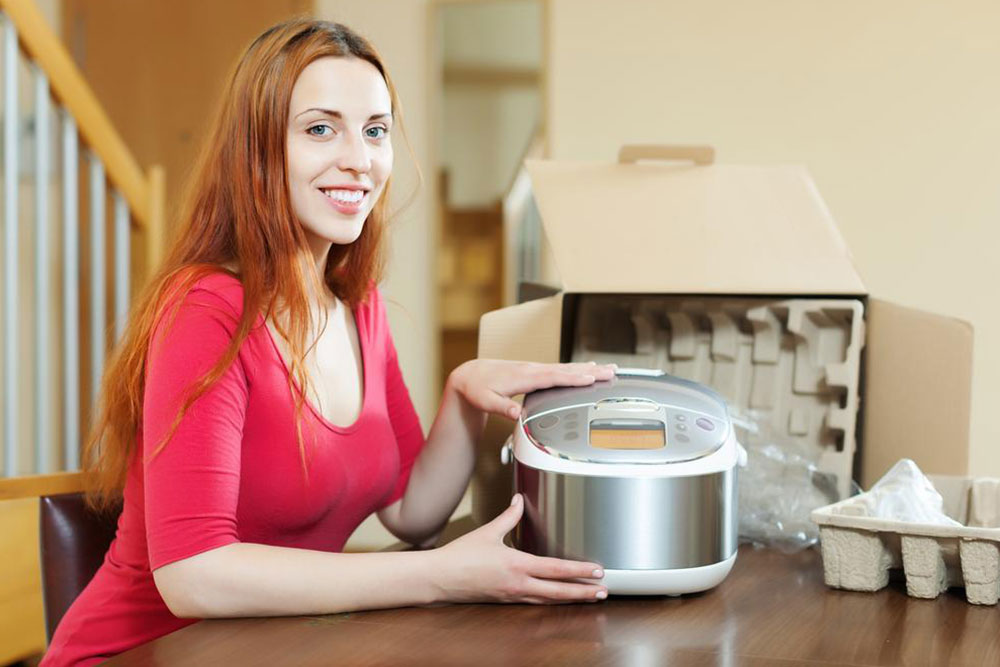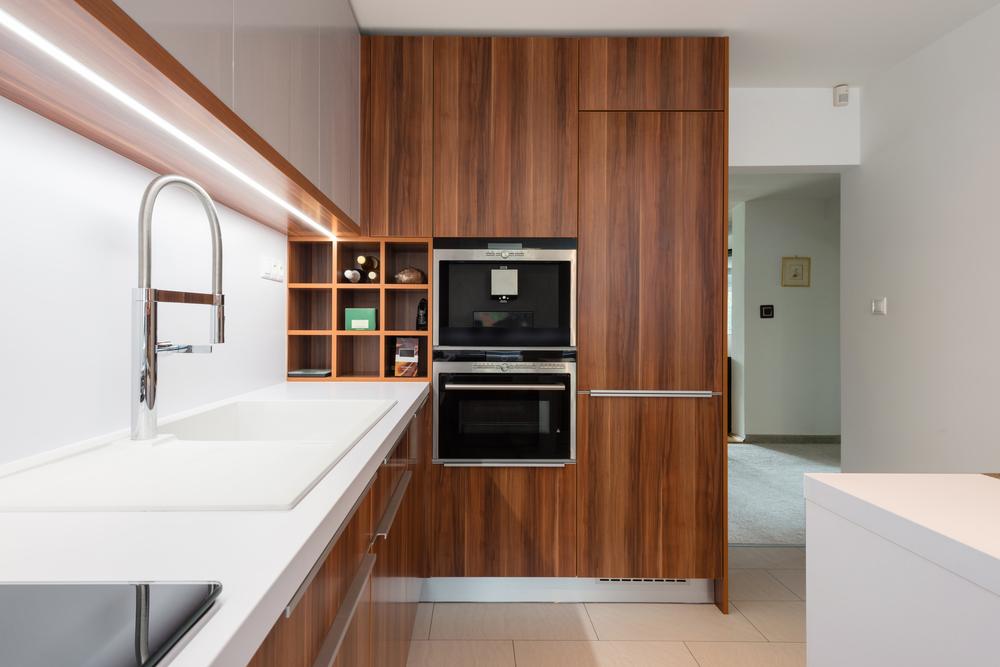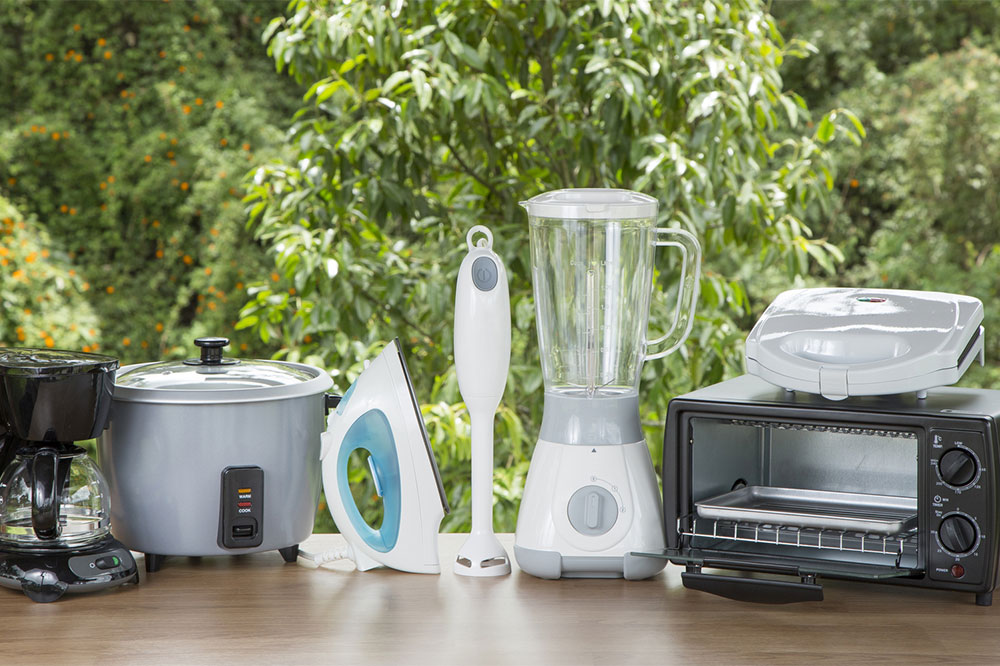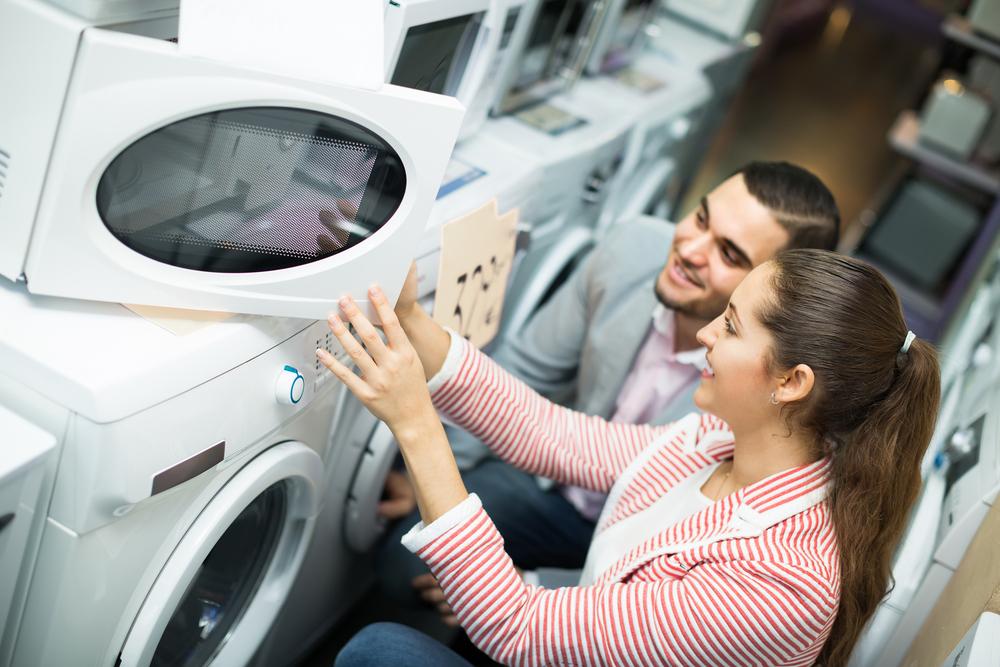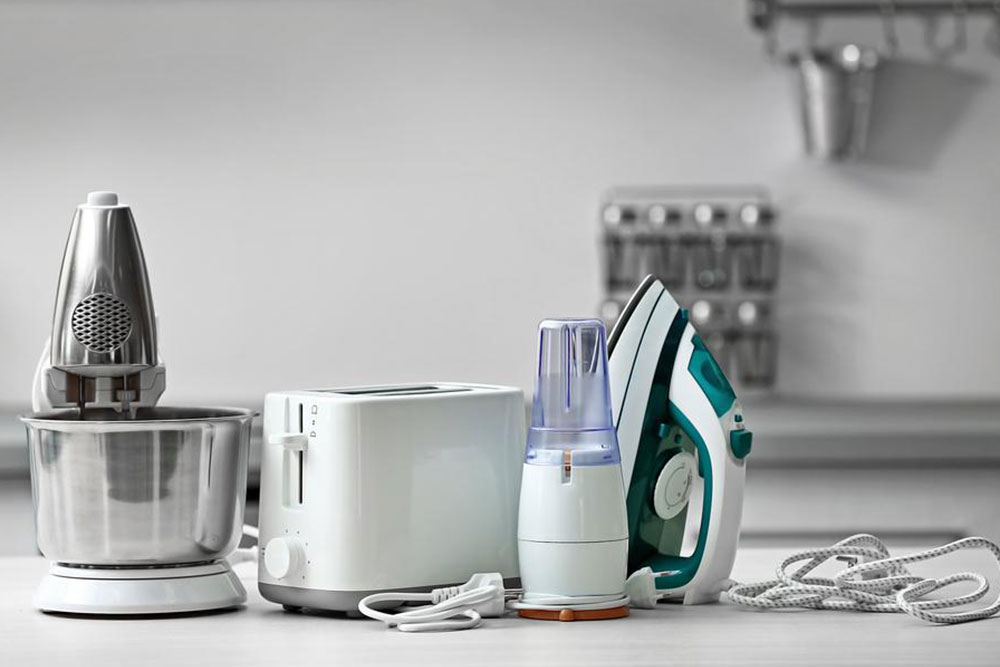Differences Between Slow Cookers and Crock-Pots
Learn the key differences between Crock-Pots and traditional slow cookers, including design, heating methods, and functions. Understand their unique features to choose the best appliance for your cooking needs. This guide clarifies common misconceptions and highlights each device's advantages for effortless, long-duration cooking.
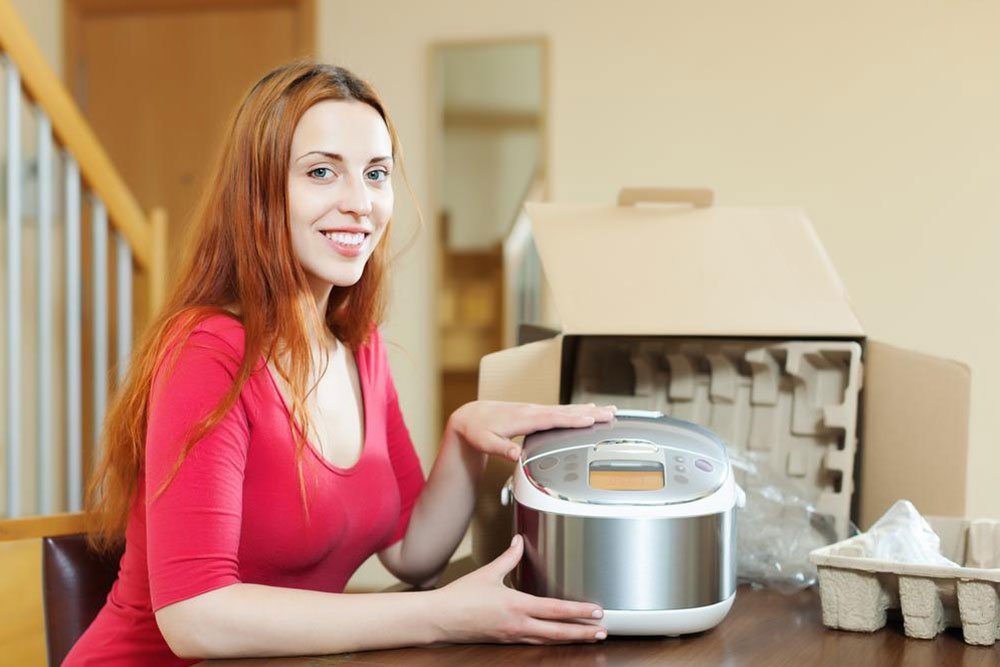
Understanding How Slow Cookers and Crock-Pots Differ
Many individuals find themselves confused when choosing between a traditional slow cooker and a Crock-Pot. Both appliances utilize steam for extended cooking and deliver flavorful results, often preparing similar meals like vegetables or meats.
The key difference lies in the design and construction.
Crock-Pot
A Crock-Pot is a specialized slow cooker introduced in the 1970s, initially designed for cooking beans. Over time, it evolved into the familiar appliance we see today.
It features a ceramic or porcelain inner pot housed inside a heating base that heats from the bottom and sides. Crock-Pots come in oval or round shapes and a variety of sizes. They typically offer two heat settings: low (around 70°C) and high (around 90°C). Many models include a timer for controlled cooking duration.
Traditional Slow Cookers
Slow cookers are versatile appliances designed to simmer food at lower temperatures for long durations, enabling unattended cooking. They are suitable for a broad range of dishes including baked goods and desserts. Unlike Crock-Pots, slow cookers may have a metallic exterior, with the heating element primarily at the bottom.
Because heat concentrates at the base, food in slow cookers may cook more slowly and be prone to scorching, requiring periodic stirring. Frequent lid removal to check progress can release heat and extend cooking times. They often feature multiple heat settings—more than just low, high, and warm—and operate in cycles, turning on and off during cooking with some models offering timers as well.
Note: Our blog offers detailed insights across various topics. While the information is based on thorough research, it should not be regarded as absolute. The website cannot be held responsible for discrepancies or updates on similar content elsewhere. Users are encouraged to verify details for their specific needs.

